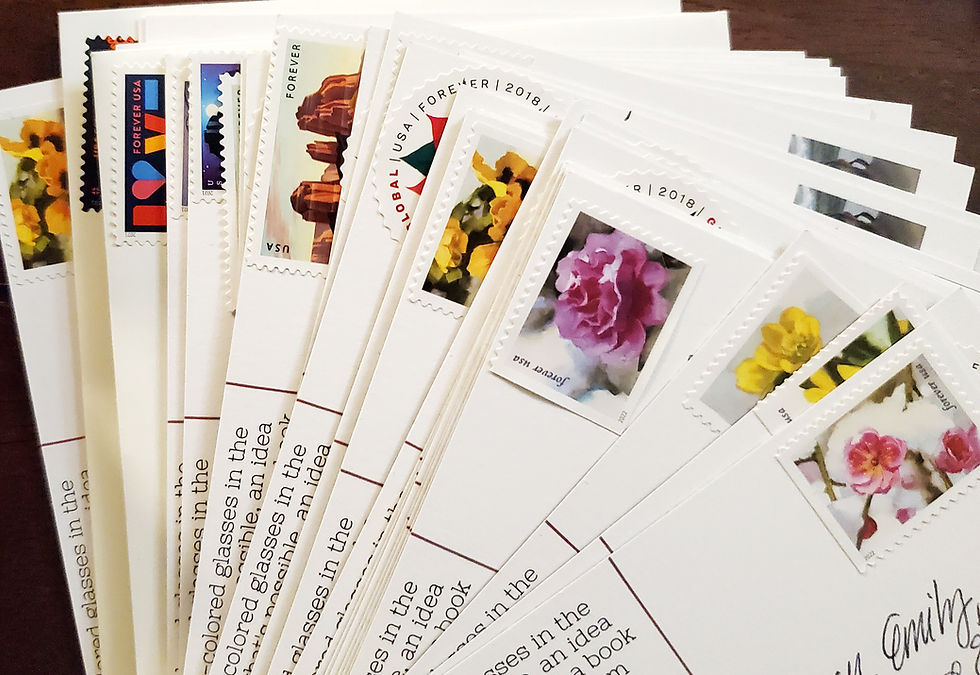What I learned drawing: Fish & Desert Plants
- bethann29
- Feb 26, 2015
- 3 min read
Updated: May 30, 2024

“Close observation is the first step in any scientific inquiry, and to my mind, there is no better way to observe than to try to draw what you are looking at.” – Barrett Klein
Barrett Klein, a trained artist and entomologist, is a preparator and display maker in the Exhibition Department at the American Museum of Natural History, and what he said couldn’t be more true for a couple of my recent commissions.
In December, I spent a luxurious handful of days in Arizona’s Sonoran desert, sketching and photographing the landscape, creatures, and plant communities. As I mentioned in my January newsletter, I was working on reference images for a set of commissioned pen-and-ink sketches slated to run in a book about desert bighorn sheep.
Perhaps one of the most revealing observations I made, though, had nothing to do with bighorn sheep.
Years ago, when my husband who knows the desert so well was only a boyfriend, I got my first up-close look at agave in the Chiricahua Mountains east of Tucson. I was totally fascinated by the intricate impressions on the succulent leaves – ghost-like indentations that made me think of leaf ‘footprints.’
And then, this winter, I had the opportunity to scrutinize those compelling indentations in detail, pen and paper in hand. I happily sketched away, recording for posterity my curiosity over the origin of those marks.

Once I had the leaves sketched in, I took a closer look, and was astonished to discover I’d gotten it ALL wrong.
So, I spent a while following my own advice – to look, rather than drawing pretty pictures; to ask questions, rather than assuming answers; to record every single detail I could capture in either/both words and sketches.
And, I came up with the following sketch diagram, detailing both the error of my initial sketches (v1 and v1a) and other details I hadn’t even seen the first time (color of spikes differs greatly from leaf blade, parallel veins, etc.).

I don’t believe I’ll ever forget that the indentations are alternate, rather than opposite, nor that there are countless nearly invisible veins running along the leaves. And I’d like to think that, next time I draw something, I’ll give it at least a second look, to ensure what I’ve committed to paper is accurate.
At first glance, fish in African lakes and Japanese waters are ‘an ocean removed’ from my agave ‘look closer’ lesson.
Which is why I didn’t give the agave a second thought when I got to work on these illustrations for a Buzz Hoot Roar [1] piece about nest-building fish.

However, the advantages of drawing in situ, while looking at my subject, became quickly apparent. In lieu of first-hand observation, I strove to weave together countless reference photos provided by the fish ecologist who wrote the text I was to illustrate.
Considering I prefer to draw from life, and I have never seen any of the fish I was supposed to illustrate, I needed a lot of reference images in order to gain enough familiarity with them to draw them engagingly. I scoured the internet for more, with little success.
In the end, the illustrations I produced were inspired by a mélange of reference images and my own preference for watercolor-like spot color. I knew I’d hit the sweet spot between accuracy and artistry when I read the feedback from that fish ecologist:
“Oh wow, they’re wonderful! So exciting!! […] I quite like the literal take because for some of the nests it may be hard to envision what is happening without an actual depiction of the nest. […]”

Since I aim to produce images that enhance scicomm efforts, not obscure how ecosystems really work, I was totally thrilled by her response. This was even more important since I was working from such a blend of source images.
Another consideration for source images is respecting intellectual property rights.
As the sciart advocates (and artists in their own right) of Scientific American‘s Symbiartic blog have said many times, using or referencing images you didn’t create yourself is a nuanced issue with serious intellectual property implications. For a lot more great information about using others’ images, see the blog, ant photographer/researcher Alex Wild (@myrmecos), or this straightforward guide I developed.
So far, 2015 has been a series of drawing experiences that reiterate what a reknowned Harvard Professor of Zoology (1848-1873) – said:
“A pencil is one of the best eyes.” ~Louis Aggasiz [2]
NOTES
[1] Buzz Hoot Roar is the same cheeky science/art website which first published the ‘frog in pants’ illustration of mine that went viral and was later picked up by American Scientist magazine.
[2] Agassiz was also the founder of the Museum of Comparative Zoology.
This is the end of this post. If you see a prompt to subscribe, you're welcome to do so! Your paid subscription helps me allocate time to the resources I share here.





Comments